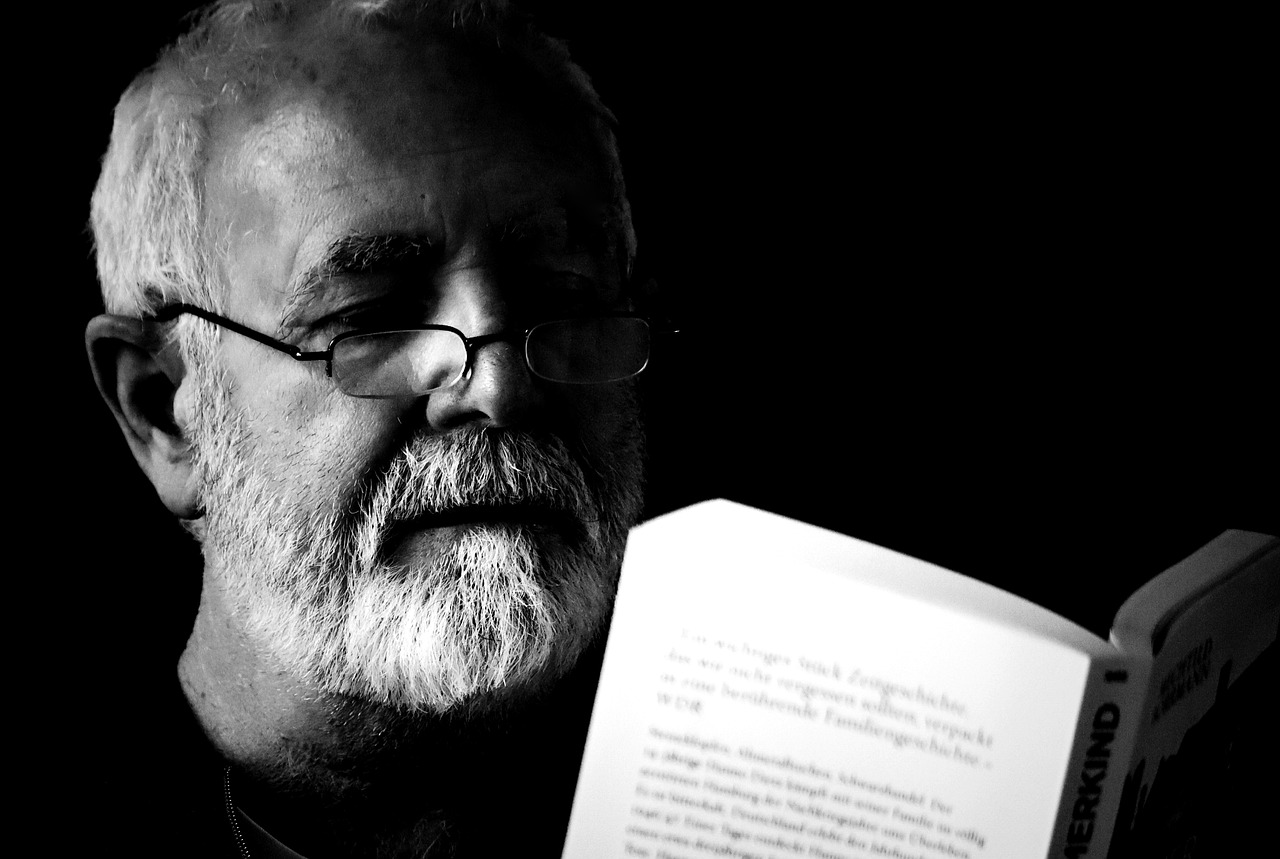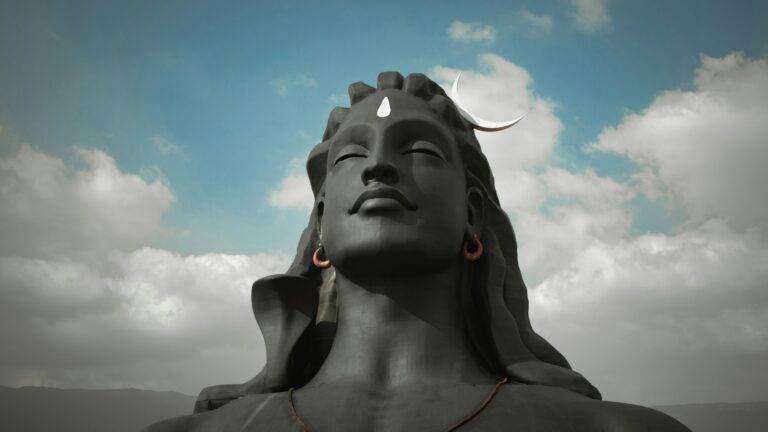The Impact of Dance Therapy Programs on Mental Health and Rehabilitation
Dance therapy programs offer a unique and effective approach to improving mental health. Engaging in dance therapy allows individuals to express themselves creatively, releasing pent-up emotions and stress in a nonverbal way. This form of therapy can help individuals develop a greater sense of self-awareness and self-acceptance, leading to improved overall mental well-being.
Furthermore, participating in dance therapy programs can enhance social connections and foster a sense of community among participants. By dancing together, individuals can develop trust and empathy, creating a supportive environment for emotional exploration and growth. This sense of belonging and shared experience can be powerful in helping individuals cope with mental health challenges and build resilience.
Dance therapy allows individuals to express themselves creatively and release pent-up emotions in a nonverbal way.
It can help develop self-awareness and self-acceptance, leading to improved mental well-being.
Engaging in dance therapy programs enhances social connections and fosters a sense of community among participants.
Dancing together builds trust and empathy, creating a supportive environment for emotional exploration and growth.
The shared experience of dancing can help individuals cope with mental health challenges and build resilience.
How Dance Therapy Helps in Improving Emotional Well-being
Dance therapy has been recognized as an effective tool in improving emotional well-being. Through the physical expression of movement, individuals can release pent-up emotions and connect with their inner feelings. This process helps in promoting self-awareness and a sense of emotional balance.
Furthermore, dance therapy allows individuals to express themselves non-verbally, which can be especially beneficial for those who struggle to articulate their emotions. By engaging in movement and rhythm, individuals can tap into their subconscious and explore their emotional landscape in a safe and supportive environment. This can lead to a greater sense of self-acceptance and empowerment, contributing to overall emotional well-being.
The Role of Dance Therapy in Managing Stress and Anxiety
Dance therapy serves as a powerful tool in managing stress and anxiety by providing a creative outlet for individuals to express their emotions through movement. Engaging in dance therapy sessions allows participants to release pent-up tension, facilitating a sense of relaxation and calmness. The rhythmic movements involved in dance therapy can help individuals to regulate their breathing, promoting a state of mindfulness and reducing stress levels.
Furthermore, the social aspect of dance therapy can contribute to the management of stress and anxiety. Participating in group dance sessions fosters a sense of community and support among individuals, creating a space where they can feel connected and understood. The positive interactions and shared experiences during dance therapy sessions can help to alleviate feelings of isolation and enhance overall emotional well-being.
What is dance therapy?
Dance therapy is a type of therapy that uses movement and dance to support intellectual, emotional, and motor functions of the body.
How can dance therapy benefit mental health?
Dance therapy can benefit mental health by providing a creative outlet for expressing emotions, improving self-esteem, and reducing symptoms of stress and anxiety.
How does dance therapy help in improving emotional well-being?
Dance therapy helps in improving emotional well-being by releasing endorphins, reducing cortisol levels, and providing a sense of accomplishment and empowerment.
Can dance therapy help in managing stress and anxiety?
Yes, dance therapy can help in managing stress and anxiety by promoting relaxation, improving body awareness, and fostering a sense of connection with others.
What are some common techniques used in dance therapy?
Some common techniques used in dance therapy include improvisation, guided movement exercises, and dance/movement interpretation.
Is dance therapy suitable for everyone?
Dance therapy can be beneficial for people of all ages and abilities, but it is important to consult with a qualified dance therapist to determine the most appropriate approach for individual needs.






